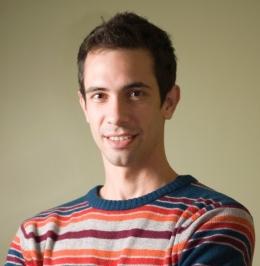Powerful New Technique Developed by Prof. Campas Reveals the Mechanical Environment of Cells in Their Natural Habitat
Powerful New Technique Developed by Prof. Campas Reveals the Mechanical Environment of Cells in Their Natural Habitat

Click here to watch the video "Using the Force" featuring Professor Campas.
Whether building organs or maintaining healthy adult tissues, cells use biochemical and mechanical cues from their environment to make important decisions, such as becoming a neuron, a skin cell or a heart cell. Professor Campas and his research group have developed a powerful new technique that reveals for the first time the mechanical environment that cells perceive in living tissues — their natural, unaltered three-dimensional habitat.
“Knowing how cells respond to mechanical cues in the living embryo and how they physically sculpt tissues and organs in the 3D space will transform the way we think about developmental processes,” says Prof. Campas. “Importantly, this knowledge will help us better understand healthy tissue homeostasis and the wide range of diseases that involve abnormal tissue mechanics, especially cancer.” Professor Campas' groundbreaking research is presented in the journal Nature Methods.
For the full news story, visit http://www.news.ucsb.edu/2016/017437/using-force
